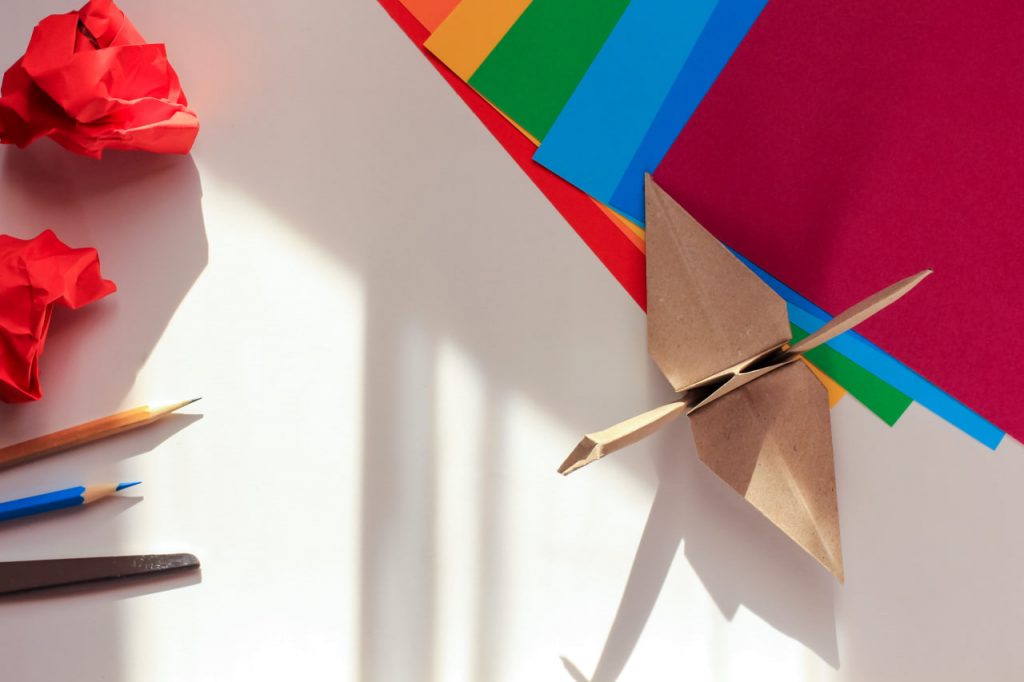Origami, the Japanese art of paper folding, has fascinated people for centuries. It’s a craft that blends simplicity with creativity, offering a way to create beautiful works of art from a single sheet of paper. Whether you’re a complete beginner or have tried your hand at a few simple folds, mastering the basics is essential to advancing your skills. In this step-by-step guide, we’ll walk you through the foundational techniques of origami and help you build a strong foundation for more complex projects.
Understanding the Basic Folds
Before you dive into more intricate designs, it’s important to familiarize yourself with the basic folds. These are the building blocks of all origami creations. The main folds you’ll need to master are:
- Valley fold: A simple fold that bends the paper in half, forming a “V” shape.
- Mountain fold: Similar to the valley fold but creating a “mountain” peak instead.
- Squash fold: A fold that involves opening up the paper and flattening it in one move.
- Reverse fold: A fold that reverses the direction of a crease, typically used to adjust shapes and angles.
Once you’re comfortable with these basic folds, you’ll be able to tackle more advanced designs with ease.
Tips for Beginners
As you start your origami journey, it’s important to keep a few key tips in mind:
- Use the Right Paper: While any paper can be used for origami, it’s best to start with square sheets that are not too thick. Origami paper is designed to fold easily and hold creases well.
- Crease Carefully: The creases you make are the foundation of your design. Use a bone folder or a pencil to make sharp, crisp folds for the best results.
- Follow Instructions Step-by-Step: Origami can be tricky, especially for beginners. Don’t rush! Follow each step carefully, and make sure each fold is precise before moving to the next one.
Common Mistakes to Avoid
Even experienced origami artists make mistakes from time to time. Here are some common pitfalls to avoid:
- Uneven Folds: If your folds are uneven, your final design will be lopsided. Take your time with each fold and ensure symmetry.
- Not Creasing Enough: Proper creasing is key. Make sure your folds are sharp and clean to avoid messy results.
- Skipping Steps: Always follow the instructions closely and don’t skip steps, as each fold builds on the last one.
Simple Beginner Projects to Try
Once you’ve mastered the basic folds, it’s time to practice with a few easy designs. Try making a paper crane, frog, or boat – these are all great beginner projects that will help reinforce your skills and build confidence.
By practicing these foundational techniques, you’ll soon find that you can create more intricate and complex designs. So grab a piece of paper and start folding – your origami adventure is just beginning!

